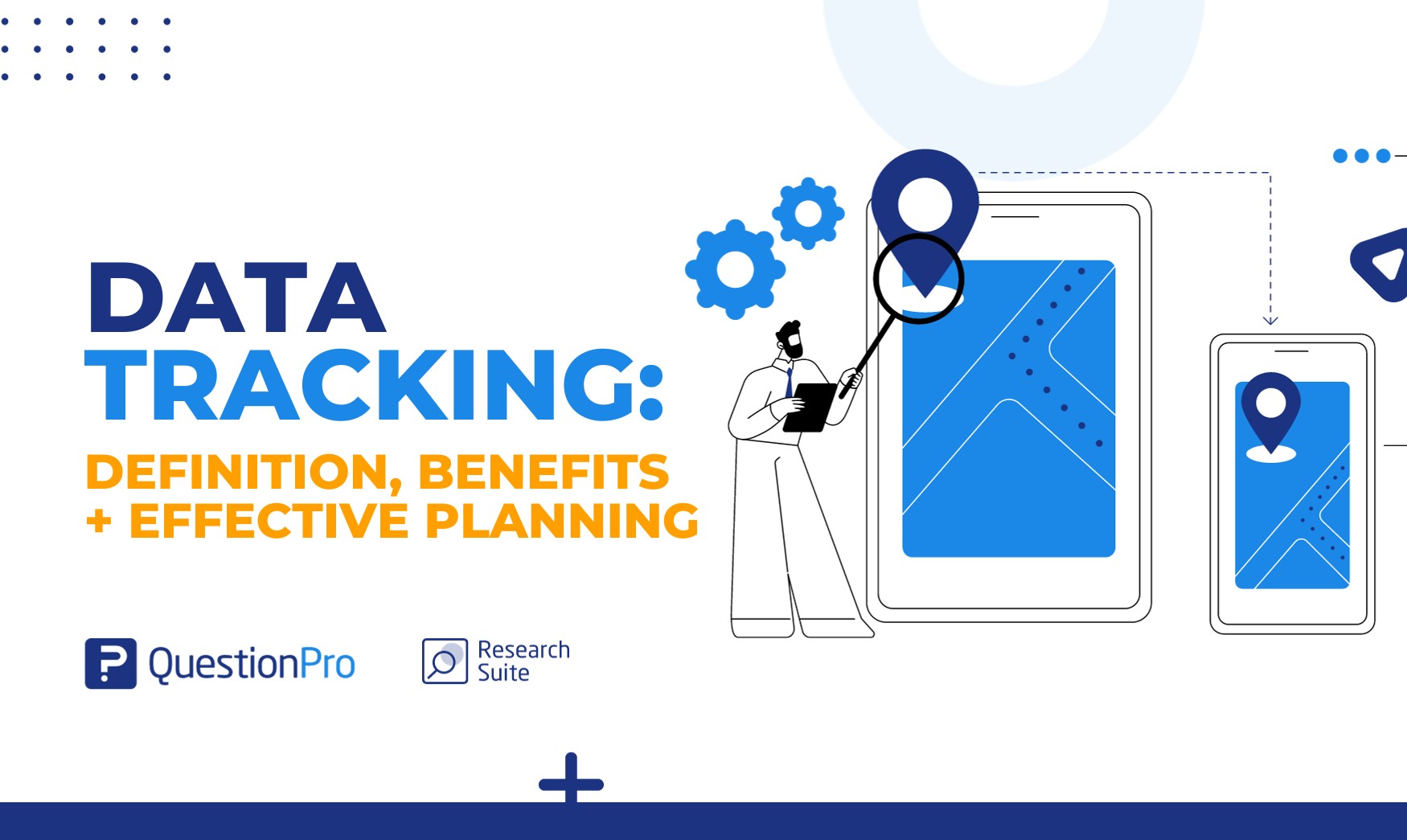
The Dark Side of Personalization: How Tech Giants are Tracking Your Every Move
In today’s digital age, it’s no secret that tech giants like Microsoft and Yahoo are collecting vast amounts of data on their users. But have you ever stopped to think about just how much information they’re gathering, and what they’re doing with it?
According to Microsoft’s own privacy policy, the company uses cookies to store and access information such as unique IDs to deliver, maintain, and improve its services and ads. But that’s not all - they also use precise geolocation data and actively scan device characteristics for identification. This is done to provide personalized ads and content, as well as to measure the delivery of such content and extract insights about their website.
But Microsoft isn’t the only one doing this. Yahoo, too, uses cookies to provide its services and apps, and to measure user behavior. They also use precise location data and other personal data like IP addresses, browsing, and search data for personalized advertising and content.
 Tech giants are tracking your every move
Tech giants are tracking your every move
So what does this mean for you, the user? In short, it means that your every move is being tracked and analyzed. Your browsing history, your search queries, your location - it’s all being used to build a profile of you, and to serve you ads that are tailored to your interests.
But is this really a bad thing? After all, don’t we want to see ads that are relevant to us, rather than random junk that we’re not interested in? The answer is complicated.
On the one hand, personalized advertising can be useful. It can help us discover new products and services that we might not have found otherwise. And it can help businesses reach their target audience more effectively.
On the other hand, however, there’s a darker side to personalization. When we’re being tracked and analyzed to this extent, it can feel like we’re losing control over our own data. And when that data is being used to manipulate us into buying things we don’t need, it can be downright creepy.
 Personalized ads can be both useful and creepy
Personalized ads can be both useful and creepy
So what can we do about it? The first step is to educate ourselves about how our data is being used. We need to read the fine print, and understand what we’re agreeing to when we click “accept” on those pesky cookie notices.
We also need to take control of our own data. We can do this by using tools like ad blockers and VPNs, which can help us stay anonymous online. And we can support businesses that prioritize our privacy, rather than those that exploit it.
Ultimately, the choice is ours. We can choose to opt out of personalized advertising, and to take back control of our own data. Or we can continue to let tech giants track our every move, and hope that they’ll use that data for good.
The decision is ours. But one thing is clear: the era of personalization is here to stay, and it’s up to us to decide how we want to navigate it.
 It’s up to us to take control of our own data
It’s up to us to take control of our own data















